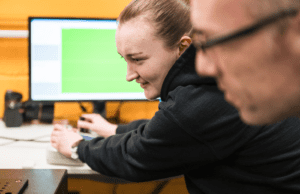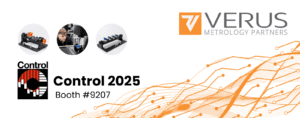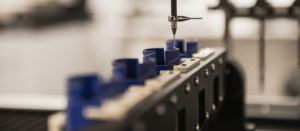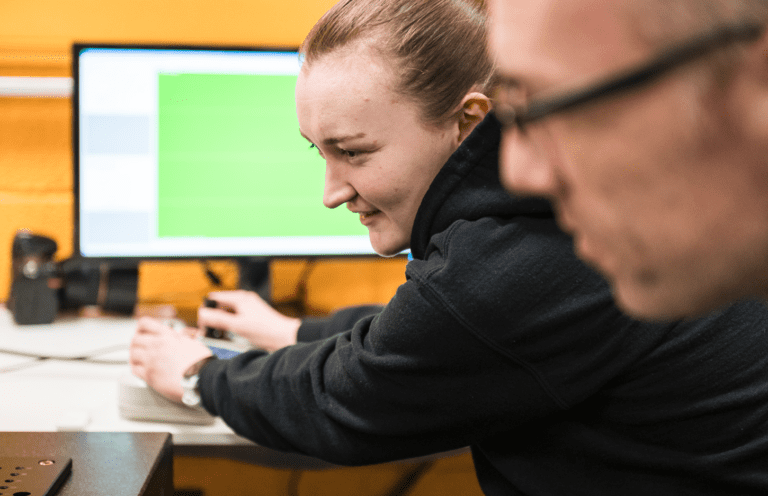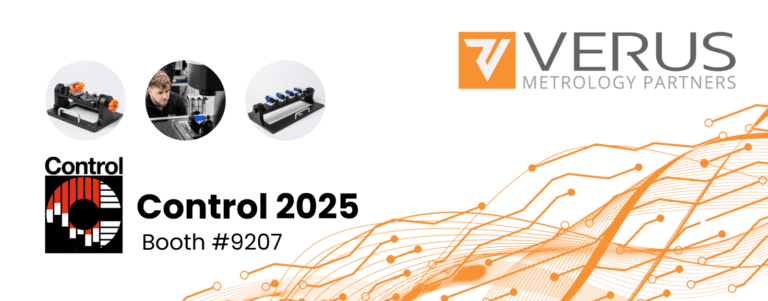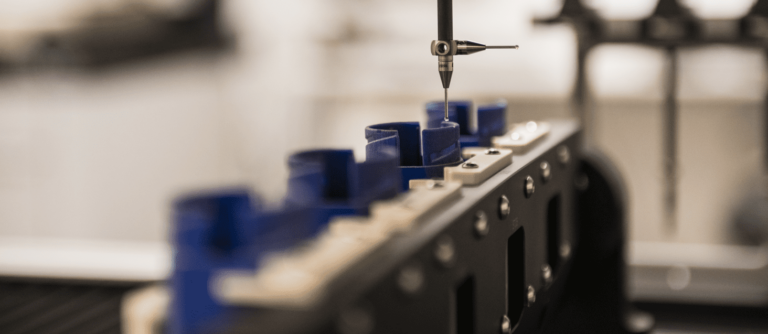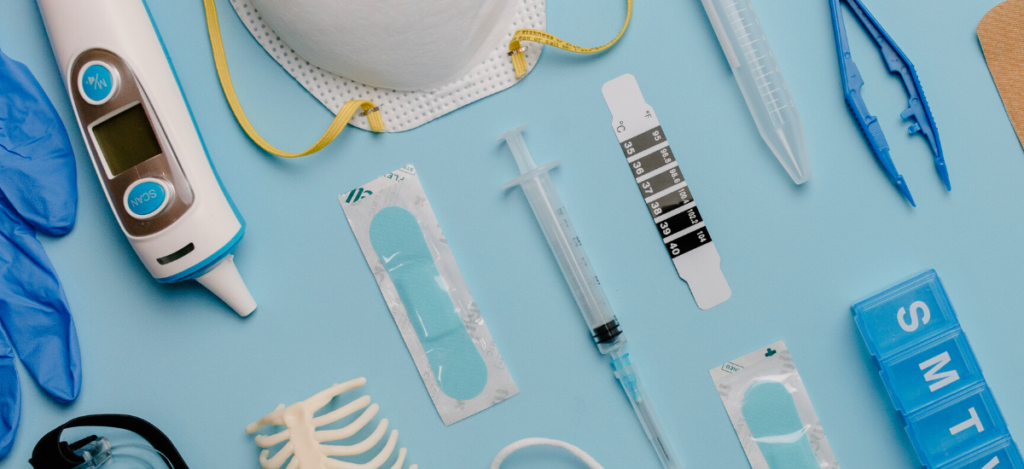
Interest in 3D printed fixtures is understandable given the cost and speed benefits that this technology offers, i.e., it is faster and less expensive to print a 3D metrology fixture than it is to manufacture the same fixture using traditional methods. In the medical device industry, however, you cannot sacrifice repeatable quality or patient safety to do things faster or cheaper.
While there might be use cases and benefits for 3D printed fixtures in other industries, the medical device industry is unique. When considering any metrology fixture, machine, or process, there are patient safety and regulatory considerations to take into account, as well as the practicalities of inspecting complex, often intricate, and typically delicate medical device products and components. Tolerances in medical device inspection processes are also typically lower than in other industries.
Looking at all these considerations, whether over the short-, medium-, or long-term, 3D printed fixtures don’t make the grade. We’ll explain why in this blog.
3 Problems With 3D Printed Fixtures in the Medical Device Industry
Durability
While the cost and speed benefits of 3D fixtures sound good, they quickly disappear under closer scrutiny. This is because of the main problem with 3D printed fixtures – they break down a lot quicker than metrology fixtures manufactured using traditional methods and materials such as PEEK and aluminium. This is largely due to the most common and effective materials used in 3D printing – materials like PLA, ABS, and nylon. These materials suffer from wear and tear much quicker and more easily, and they are easy to scratch, score, and chip.
As a result, 3D printed fixtures can’t be relied on, even over short timescales, to deliver repeatable results. This makes them unsuitable for compliance and quality reasons, as well as for the knock-on effect those reasons have on patient safety.
We can compare this to the fixtures we manufacture here at Verus Metrology Partners. We use high-end CNC machining equipment and the main materials that we use are aluminium and PEEK. Both are highly robust, they don’t break down easily, and they have excellent rigidity characteristics. They are also a lot less prone to physical damage. As a result, a fixture manufactured from PEEK or aluminium will last a lot longer than a fixture made from other materials.
Neither PEEK nor aluminium is suitable for 3D printing, however, particularly in medical device metrology applications. PEEK, for example, has a high viscosity, creating challenges in the printing process itself. Even more problematic is its high shrink rate which makes it impossible to achieve the dimensional tolerances required in medical device manufacturing facilities.
Reliability
It isn’t just about longevity, either, as a 3D printed fixture won’t break down overnight. It will quickly start to deteriorate, as has already been mentioned, but that deterioration process will take place over time. This means there is no way of knowing when a 3D printed fixture will fail, i.e., one day the fixture will be fine and the next it won’t be, and you won’t know the difference. That is not a situation that is tolerable in the medical device industry where regulations are strict and patient safety is at the top of the priority list.
The fact that 3D printed fixtures break down so quickly and unreliably also means it is not possible to conduct gage R&R studies on them. Gage R&R studies aim to prove your fixture and measurement methodology are robust and that you will get the same result each time. However, a 3D printed fixture will change over time, so the results will also change, rendering any gage R&R study meaningless.
Accuracy
There are other potential problems with 3D printing technologies that make them unsuitable for producing fixtures for the medical device industry. The first is the fact there are typically variations in the accuracy of the print.
In other industries and situations, those variations could be small enough to be irrelevant. However, for metrology processes in the medical device industry, precision, accuracy, repeatability, and reproducibility are all non-negotiable, making variations in 3D printed fixtures unacceptable.
The environment where the 3D printed fixture is produced is also a potential factor, as it could also introduce variations.
Summarizing the Challenges
In summary, there are too many variables with 3D printed fixtures for them to be suitable in a medical device manufacturing environment. This is in addition to the fact they fail, they fail quickly, and there is no way of knowing exactly when.
Are There Any Applications for 3D Printed Fixtures in the Medical Device Industry?
While 3D printed fixtures are not suitable for most situations in the medical device industry, particularly in high-speed, high-volume production environments, there are two very specific situations where 3D fixture printing can be beneficial.
- Very low batch production runs – a 3D printed fixture could potentially be used if you have a very low batch production run where you are only manufacturing a handful of products.
- During the R&D process – in some research and development situations where you are trying to get a measurement quickly, it might be helpful to use a 3D printed fixture as its use will be limited.
Caution has to be exercised in both situations. This is because of the durability issues mentioned earlier, but there is another problem that comes into play if you decide to use a 3D printed fixture in the above two situations. That issue relates to the shape flexibility of 3D printing.
With 3D printing technologies, you can print any shape or geometry you want, including shapes and geometries that would be impossible to manufacture using traditional methods. This is one of the advantages of 3D printing, but it can prove problematic.
For example, you might create a design during an R&D process that is 3D printed to get a quick measurement. However, it’s important to consider manufacturability if you then want to manufacture it as a proper fixture in the future.
What About Proof of Principle Applications?
One of the applications that is often mentioned during discussions about 3D printed fixtures is proof of principle, or POP. A POP process is beneficial in a range of situations, including to prove that an inspection methodology, fixture, and measurement machine work on a single-station fixture before a multi-station version is manufactured.
At Verus Metrology Partners, we always conduct a gage R&R study on POP fixtures to facilitate your compliance, quality, and design transfer processes. As mentioned above, gage R&R studies are meaningless on 3D printed fixtures, making 3D printing unsuitable for POP applications.
Instead, our approach is to manufacture a single-station version of your fixture using traditional production methods and suitable fixture materials, i.e., PEEK, aluminium, etc. This can be produced quickly while the main fixture is being manufactured, plus we’ll conduct a gage R&R study on the POP. We find this is a more practical, regulatory-compliant, and cost-effective approach for medical device manufacturers.
Conclusion: It’s Great Technology, But It’s Not Suitable for MedTech Metrology Fixtures
It is clear that 3D printers are a fantastic technology that has transformed a range of industries, including in the manufacturing sector. For the medical device industry, however, they are not suitable except in very specific and narrow circumstances.
Even though 3D printed fixtures are not suitable for MedTech applications, we can still provide you with a cost-effective solution and fast turnaround that will deliver on your requirements. Get in touch today to find out more.

